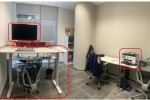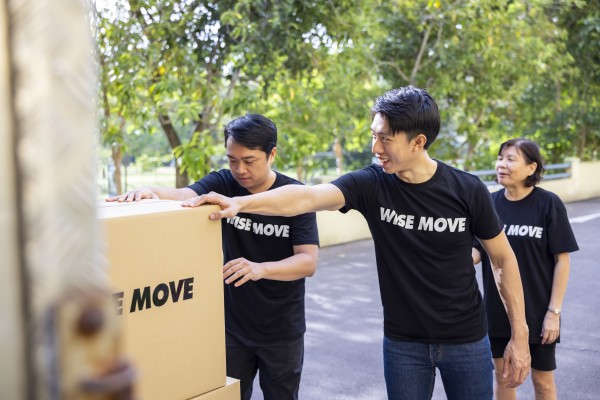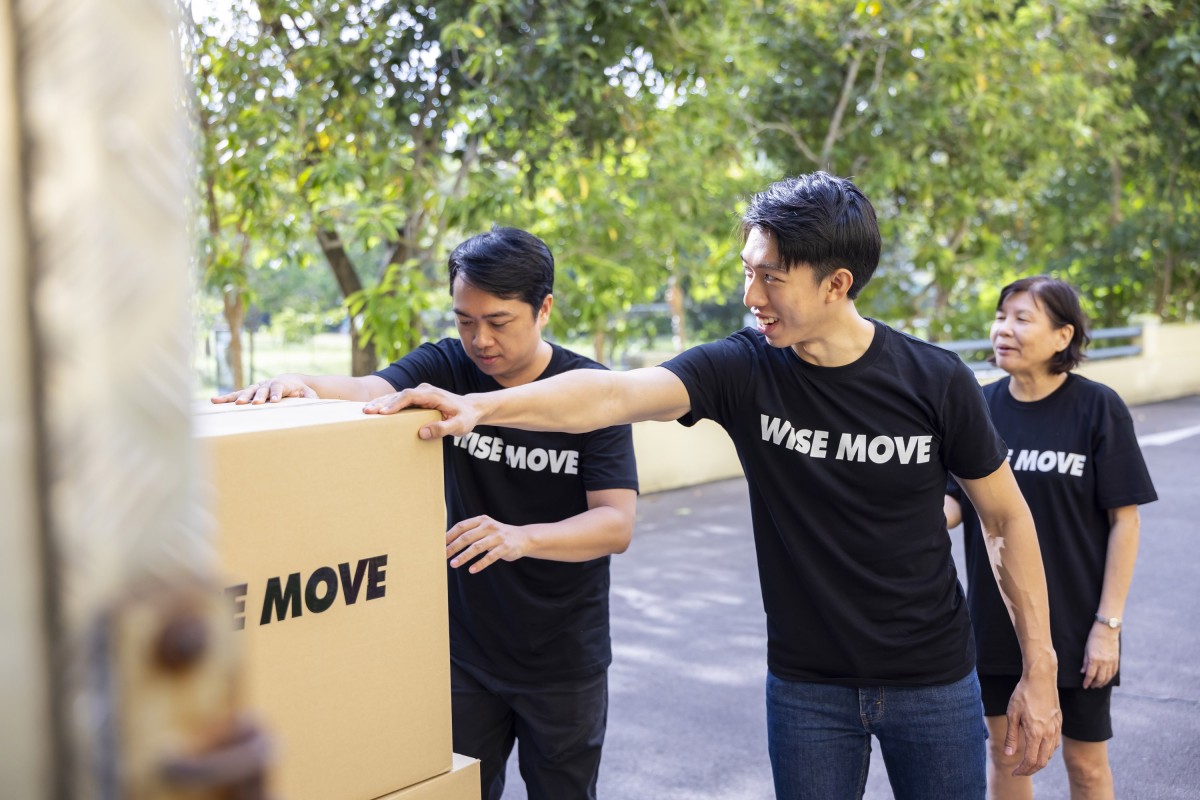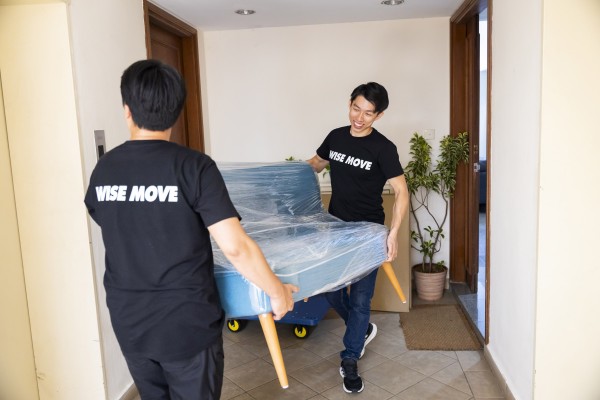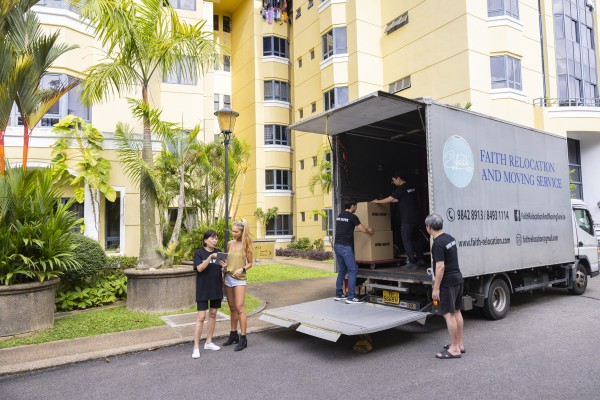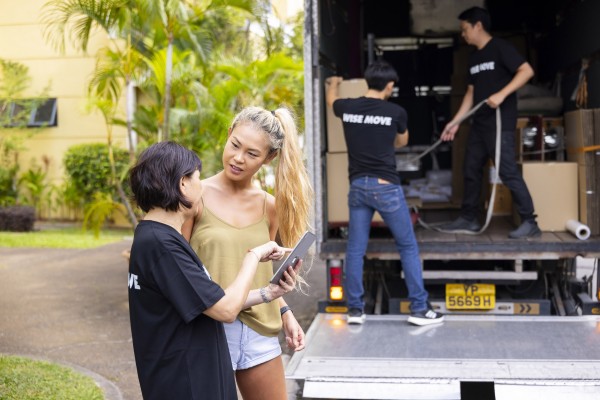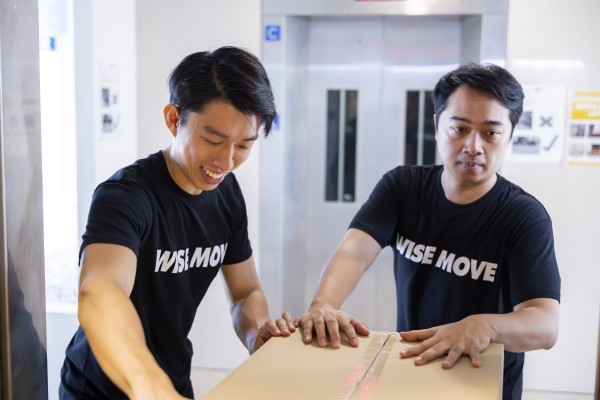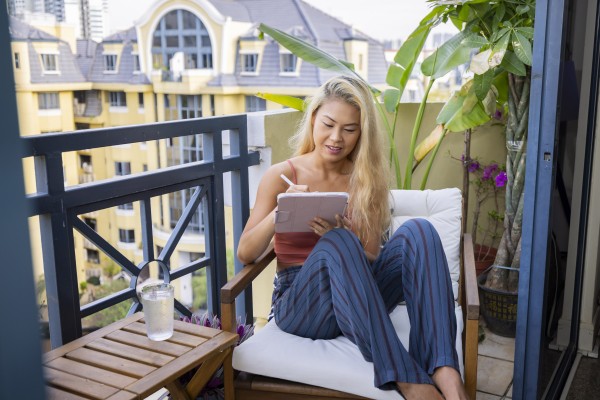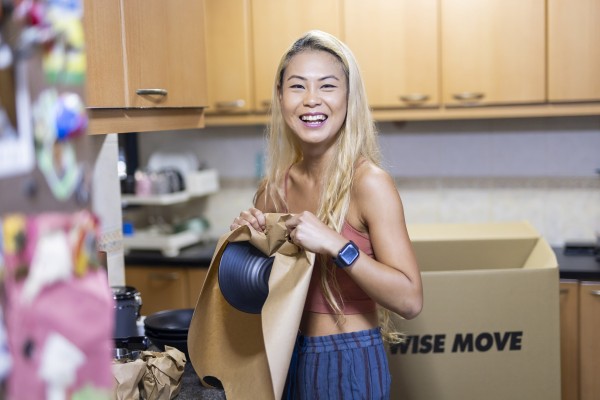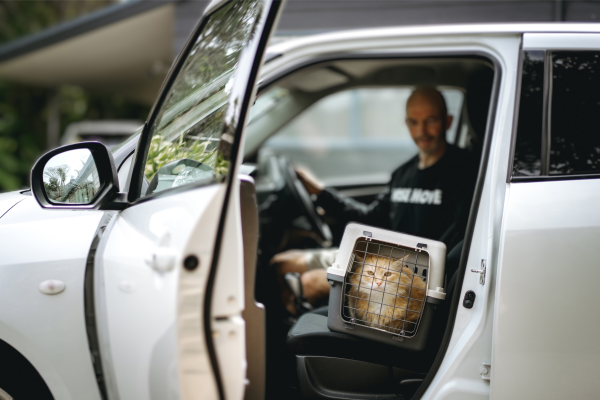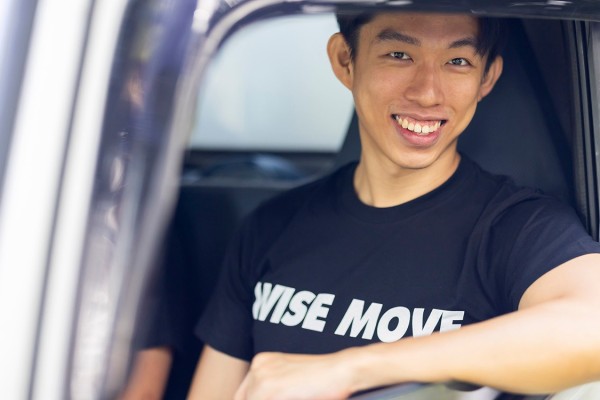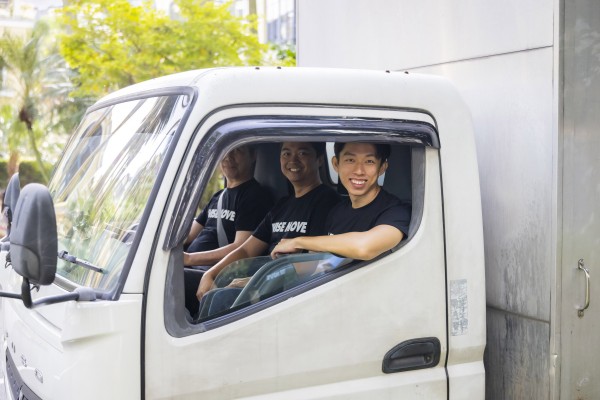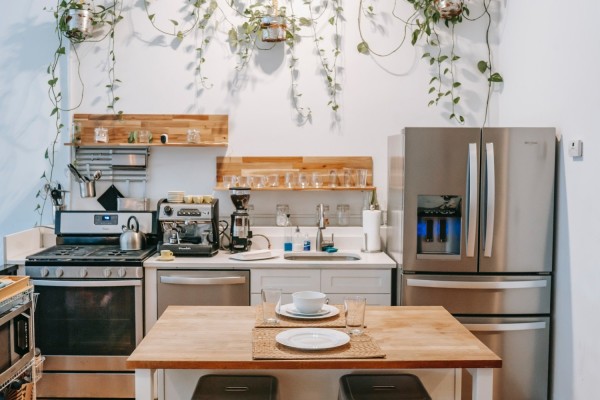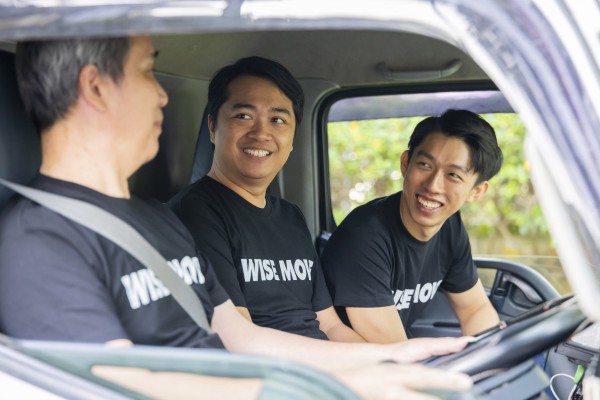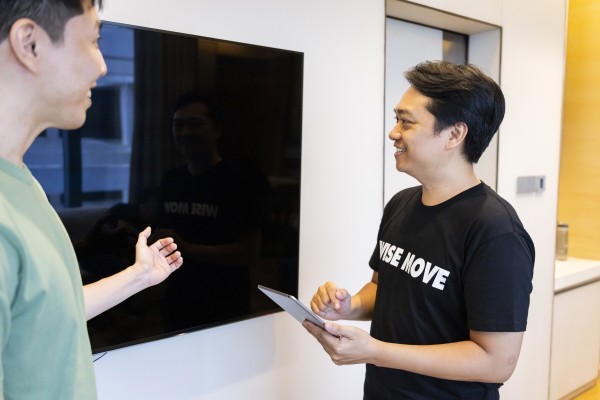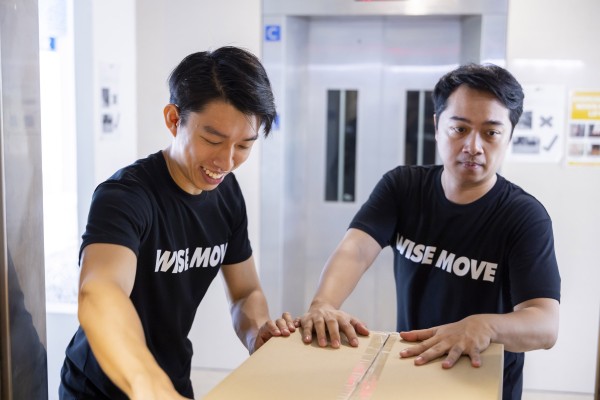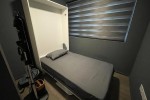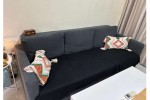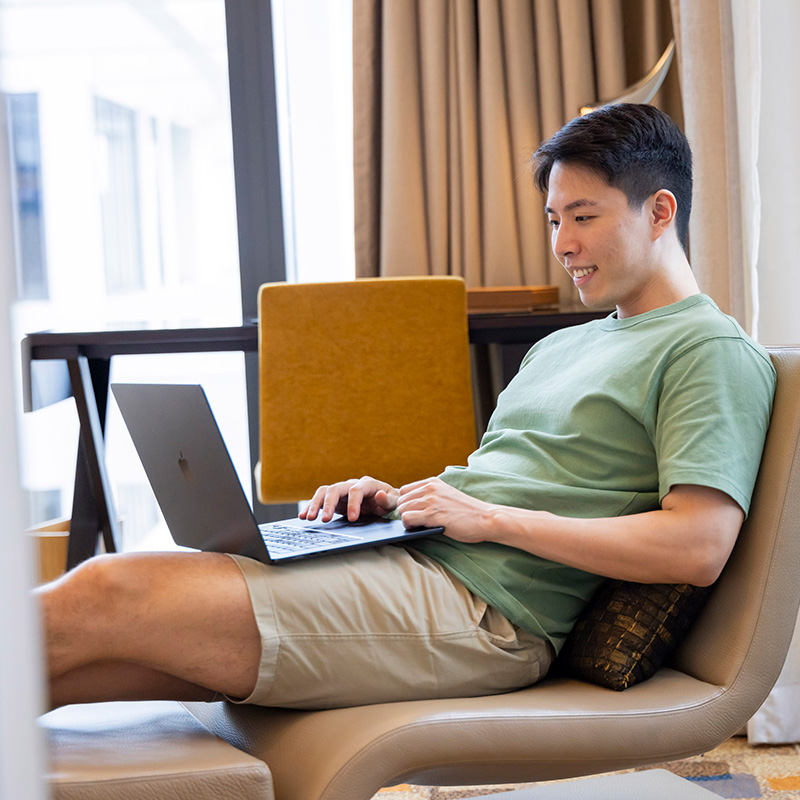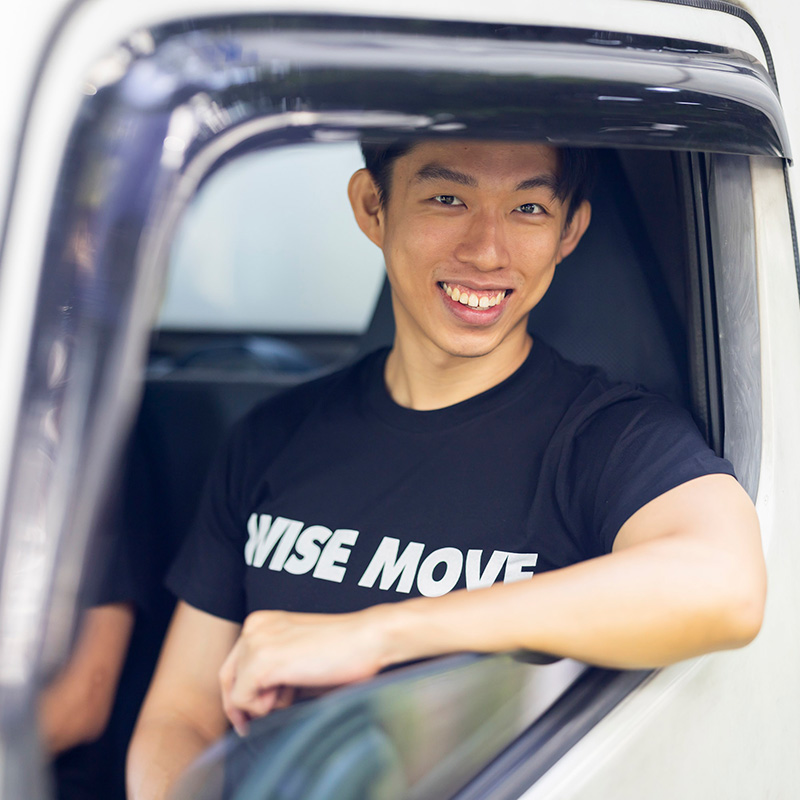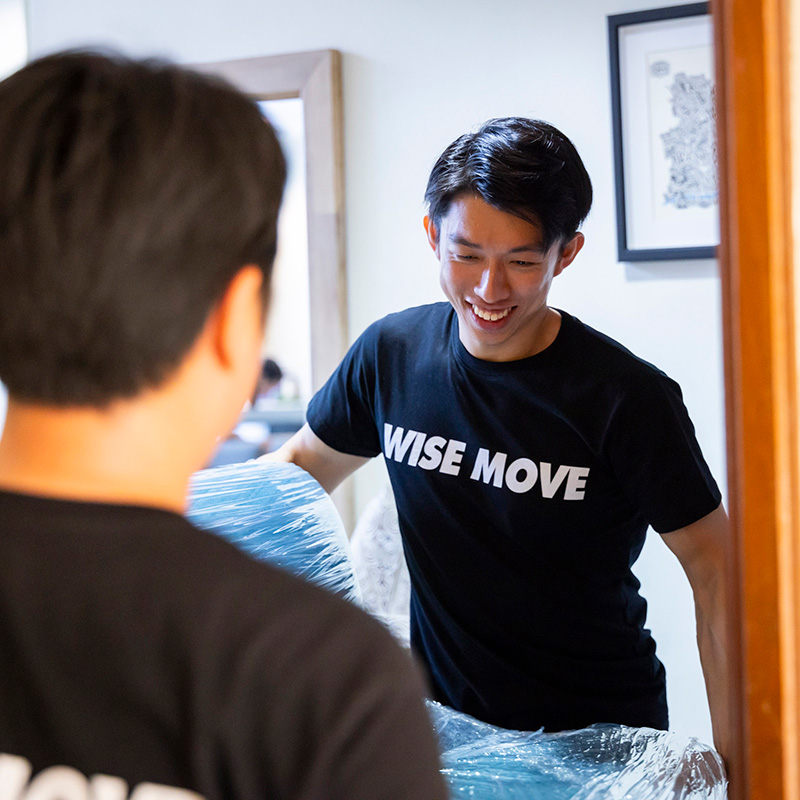How to move home with a disability in Singapore

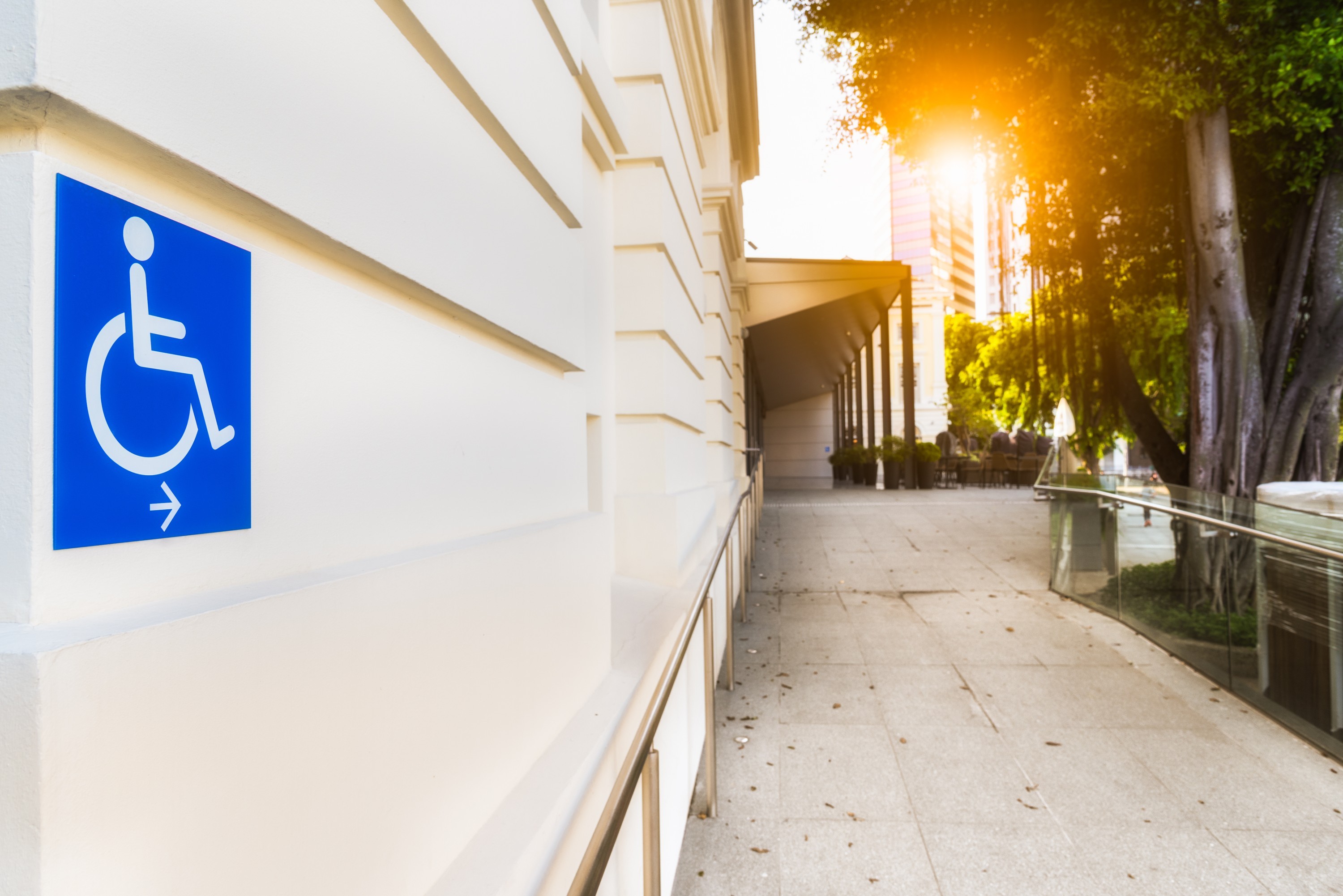
Moving houses, no matter where you’re moving to, is always a big operation with lots of logistics to look into. And if you or a member of your family has any sort of disability, the logistics may start to feel overwhelming.
Maybe you’re unable to walk without a walking aid. Or you need a wheelchair to get around. Maybe you’re blind or deaf. Or you have autism. Or you’re recovering from a stroke.
Don’t worry though, with proper planning, your move will be a smooth one. After all, planning ahead and making all the necessary arrangements is already half the battle won.
According to a survey conducted by Valuable 500, a global business collective of 500 CEOs and their companies, Singapore is considered to be among the top 10 cities in the world for being disability-friendly, thanks to our infrastructure and walkways.
If you’re wondering what you should consider when planning a move with disability considerations to keep in mind, you’ve come to the right place.
This comprehensive guide will tell you everything you need to know about moving house with a disability in Singapore.
Overview of living as a person with disabilities in Singapore
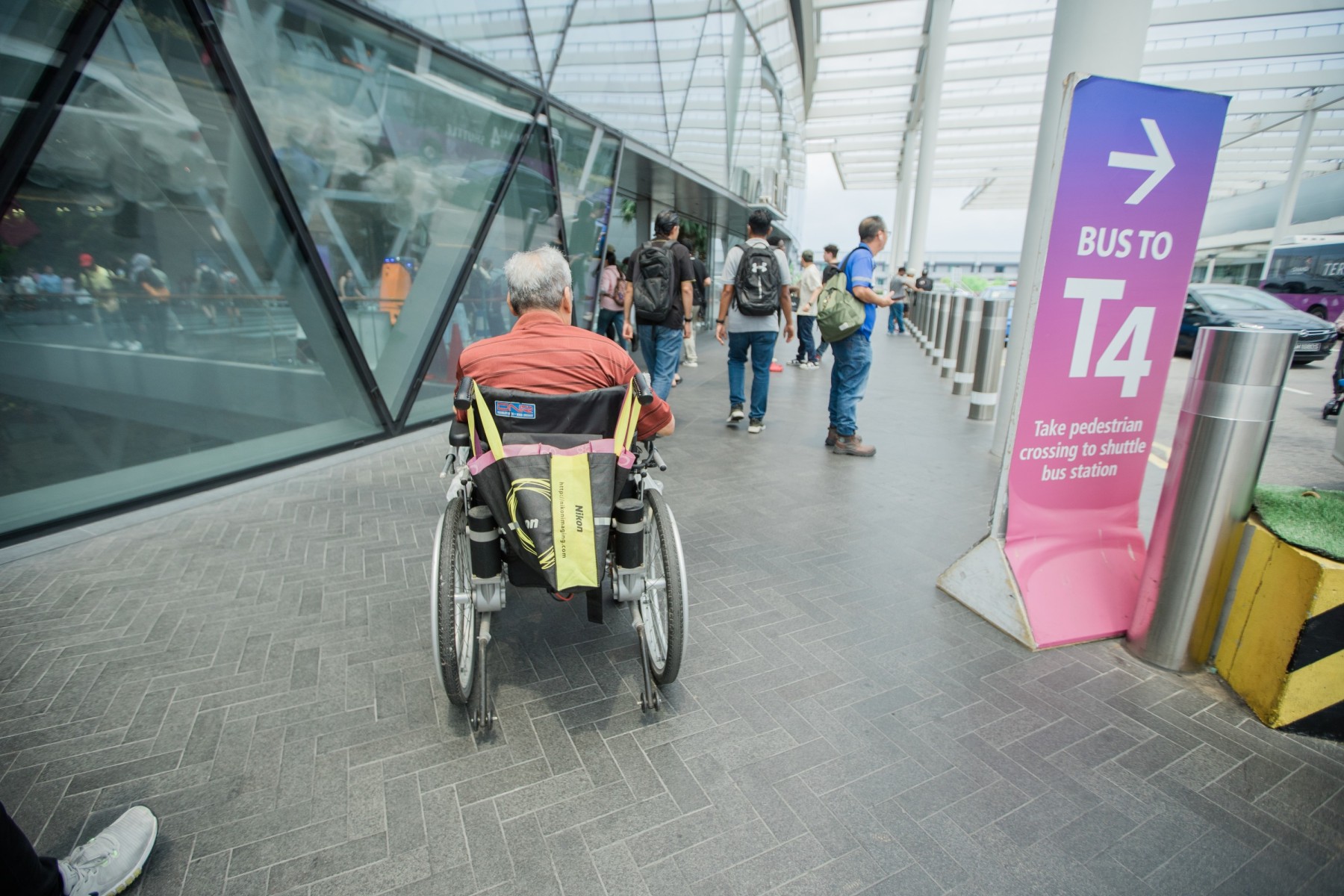
As a person with disabilities, Singapore is a great place to live these days. The city is designed according to Universal Design principles, which allow people of all ages and abilities to use the facilities and spaces in the built environment.
At a wider level, there is a national masterplan in place to build a caring and inclusive society for persons with disabilities to live and thrive in Singapore. Named the Enabling Masterplan 2030, the plan, driven by the Singapore government and private organisations, aims to help persons with disabilities live meaningful lives by creating more inclusive environments in all aspects of living.
Facilities for persons with disabilities in Singapore
Facilities for persons with disabilities have become increasingly widespread in Singapore, making it easy for you to move around. Community spaces are almost always equipped with wheelchair-accessible ramps or lifts with accompanying handrails, and tactile guiding systems are available at crossings and public transport platforms. Also, almost every public building has a handicapped washroom available.
Public facilities like gyms, swimming pools, community centres, and public transport are also made to be easily navigated by persons with disabilities.
Disability-friendly neighbourhoods
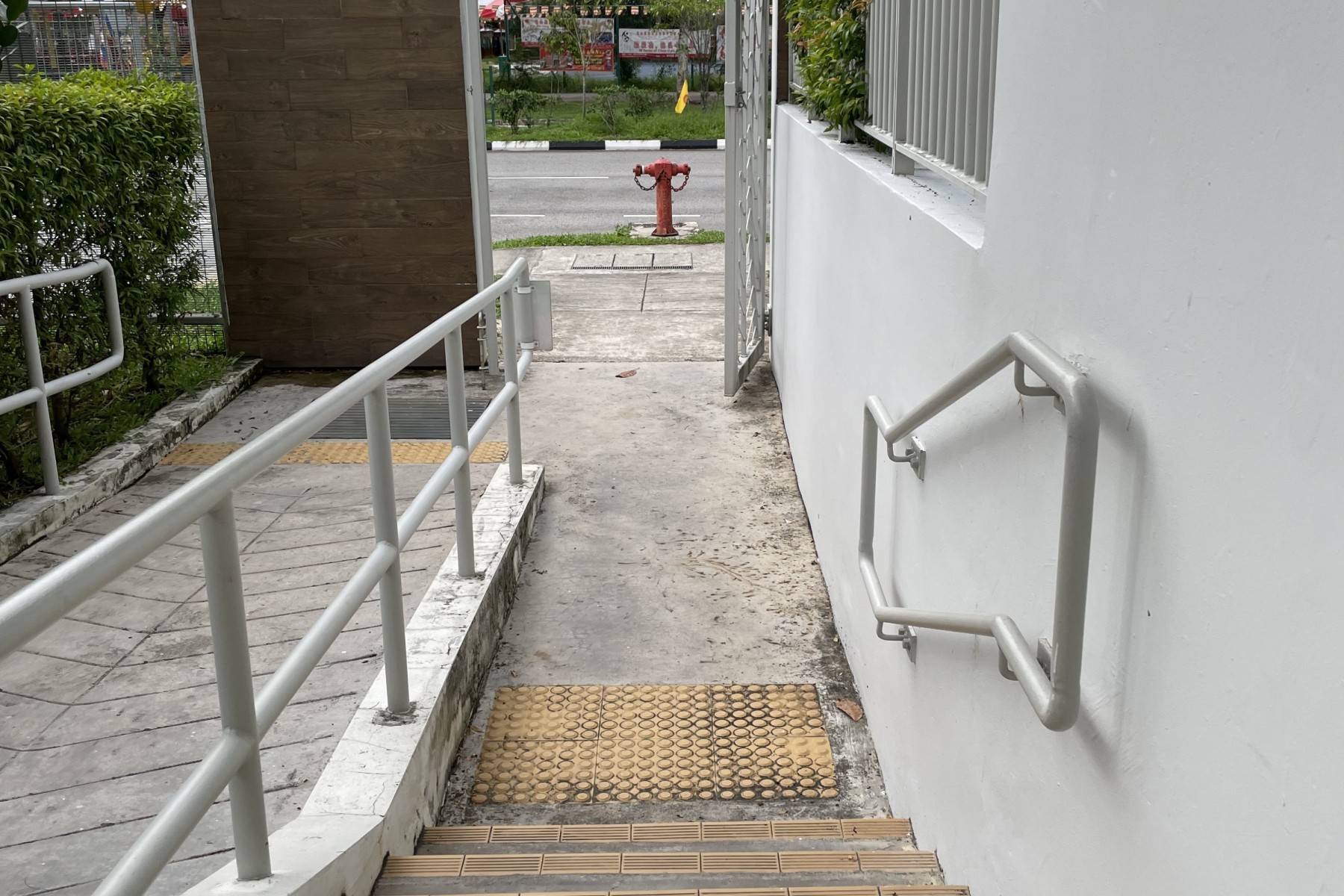
Almost every residential neighbourhood is designed with wheelchair or personal mobility aid (PMA) users in mind—with ramps and connected pathways, handrails, and lifts. This means that people with mobility disabilities can navigate to and from where they need to go, with as little assistance as possible.
If you’re visually-impaired, these spaces are also installed with tactile guiding systems at key junctures—braille on the lift floor buttons and signs, tactile strips at ramp entrances and exits, and traffic light crossings.
Public transport
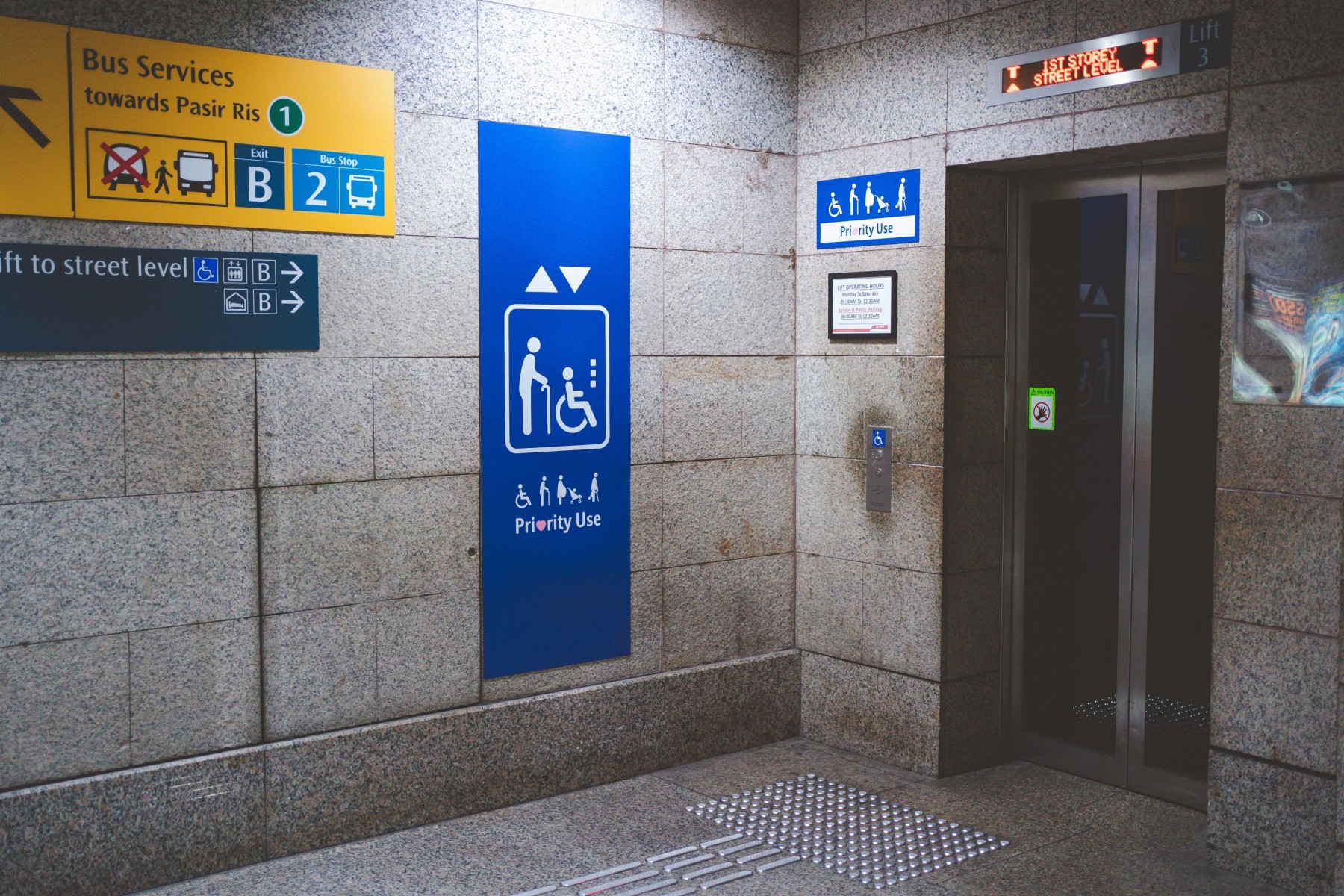 The public transport system in Singapore has become much friendlier and easier to navigate for those with disabilities.
The public transport system in Singapore has become much friendlier and easier to navigate for those with disabilities.
All MRT stations have lifts and ramps installed for wheelchairs and PMA users, wider gantries for persons with disabilities to use and platforms with tactile strips. Announcements when the train is arriving are made in all four national languages to help alert those who are visually impaired that the train has arrived.
Almost all public buses in Singapore now have a special wheelchair ramp that can be lowered for wheelchair users to access—a priority area for wheelchairs in buses. Stop buttons are also placed at a lower height.
New home accessibility considerations
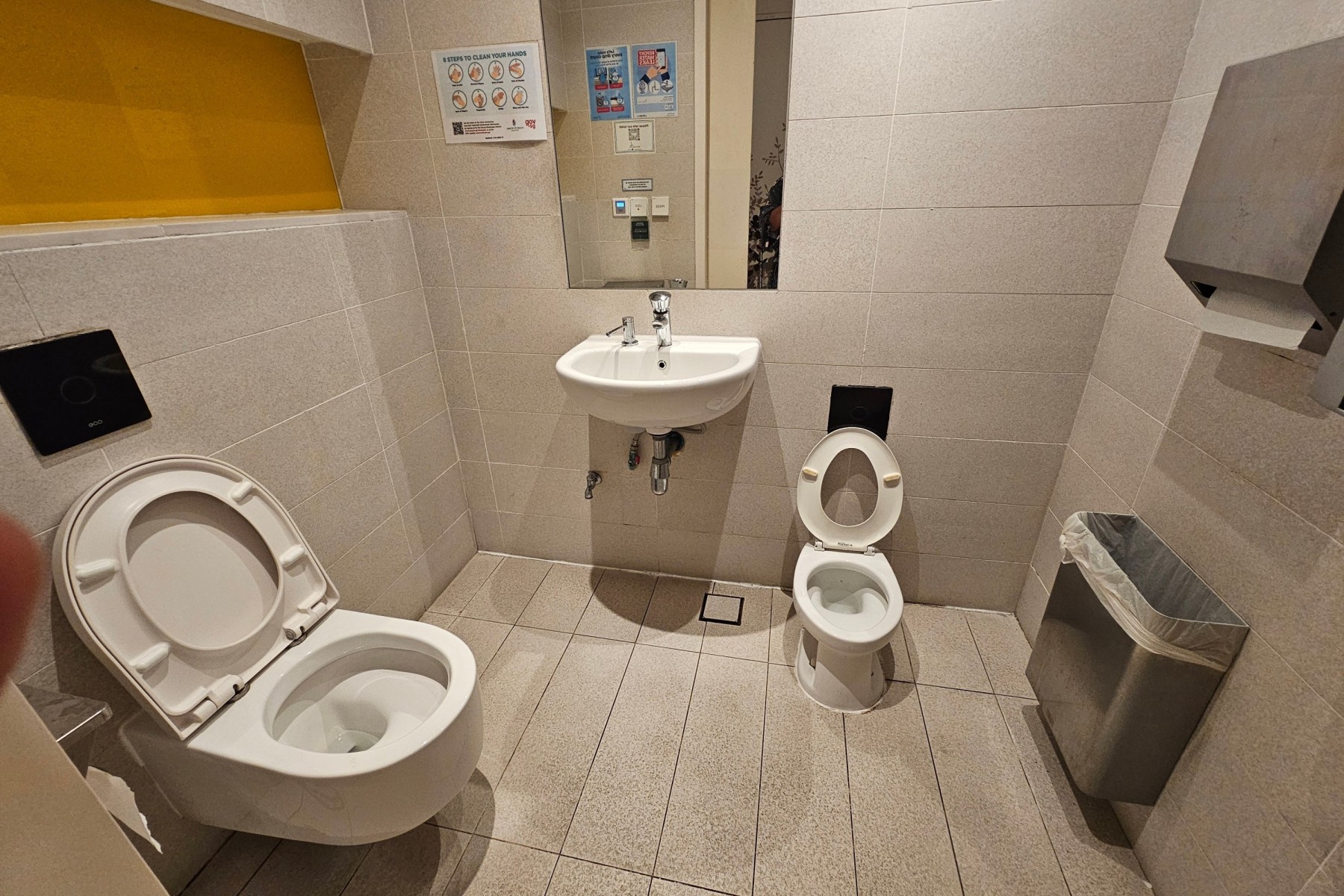
If you’re going to be living in government housing flats, also known as HDB flats, they’re usually pretty well-equipped. These buildings have lifts with braille on all buttons, ramps, wheelchair-accessible toilets with wider doors, and no-step shower access.
Ask if you can put simple grab bars on the walls of your rental home—some of these can be installed without a drill. Invest in some good anti-slip mats for your bathroom and kitchen floors to prevent falls when the floor is wet.
The height of built-in carpentry, switches, and narrow corridors may be a problem for you. You’ll need to check with your landlord if you can make any modifications or figure out how to get around that by yourself.
Take note that older HDB flats may not have lifts that stop on every floor, so you’ll want to check that out when sussing out your dream home.
Medical facilities and hospitals near your home
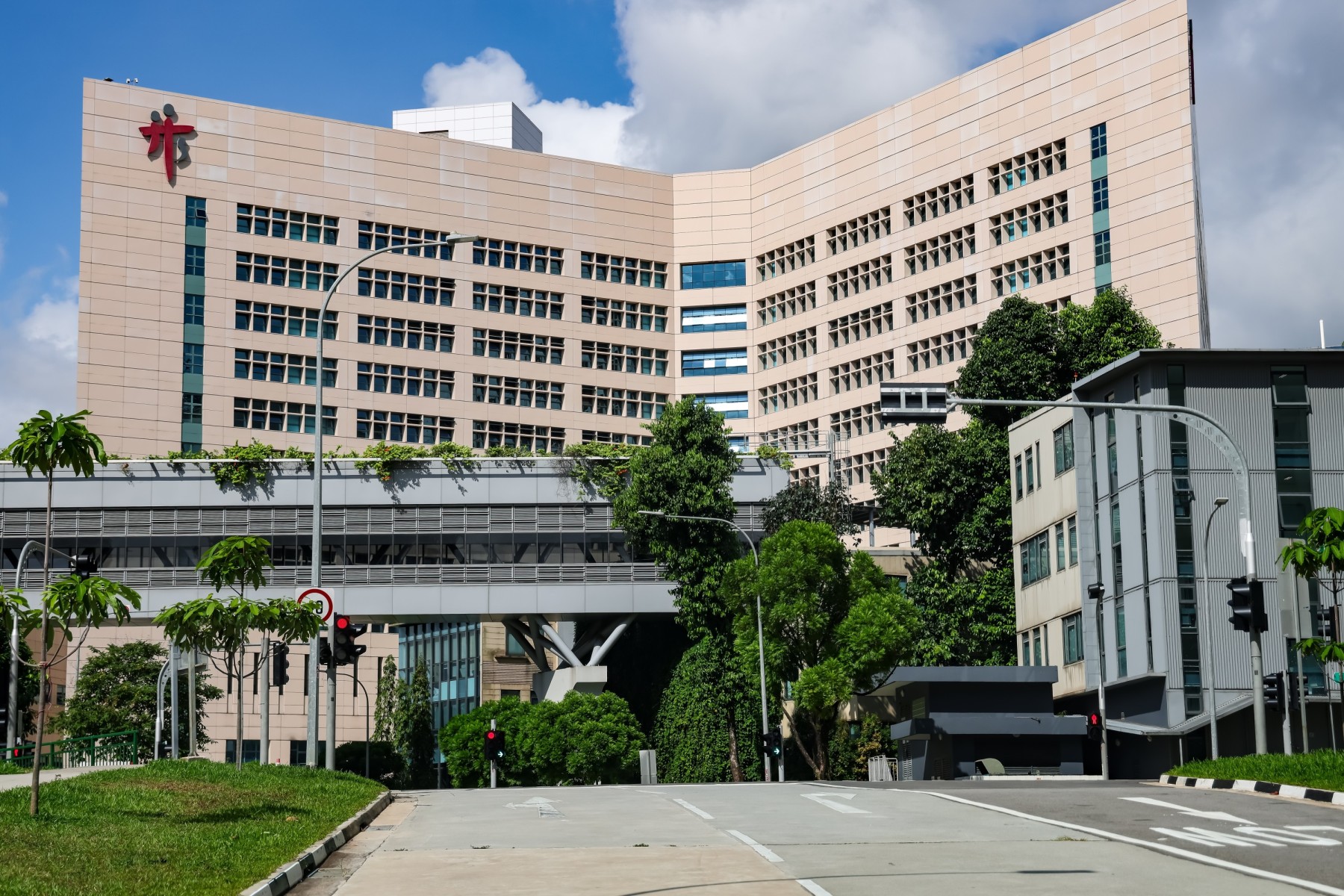 If you or your family member requires frequent medical attention due to your disabilities, you may want to find a place located near a hospital.
If you or your family member requires frequent medical attention due to your disabilities, you may want to find a place located near a hospital.
Singapore has nine public acute general hospitals and nine private acute general hospitals. You’ll find a spectrum of disciplines in these hospitals, with a 24-hour walk-in emergency clinic for urgent attention.
Here’s a list of the hospitals and the neighbourhoods they’re located in, to help you narrow your housing search.
Public hospitals
|
Hospital |
Neighbourhood |
|
Changi General Hospital |
Simei, Changi |
|
Sengkang General Hospital |
Sengkang, Punggol, Hougang |
|
Singapore General Hospital |
Outram, Chinatown |
|
Khoo Teck Puat Hospital |
Yishun, Sembawang |
|
Tan Tock Seng Hospital |
Novena, Newton |
|
Woodlands Health Campus |
Woodlands, Choa Chu Kang |
|
Alexandra Hospital |
Queenstown, Commonwealth |
|
National University Hospital |
Clementi, Kent Ridge |
|
Ng Teng Fong Hospitall |
Jurong |
|
KK Women’s and Children’s Hospital |
Rochor, Novena |
Private hospitals
|
Hospital |
Neighbourhood |
|
Mount Alvernia Hospital |
Thomson, Marymount |
|
Farrer Park Hospital |
Farrer Park |
|
Gleneagles Hospital |
Tanglin |
|
Mount Elizabeth Hospital |
Orchard |
|
Mount Elizabeth Novena Hospital |
Novena |
|
Parkway East Hospital |
Joo Chiat |
|
Raffles Hospital |
Bugis |
|
Thomson Medical Centre |
Thomson |
Housing rights and building legal requirements
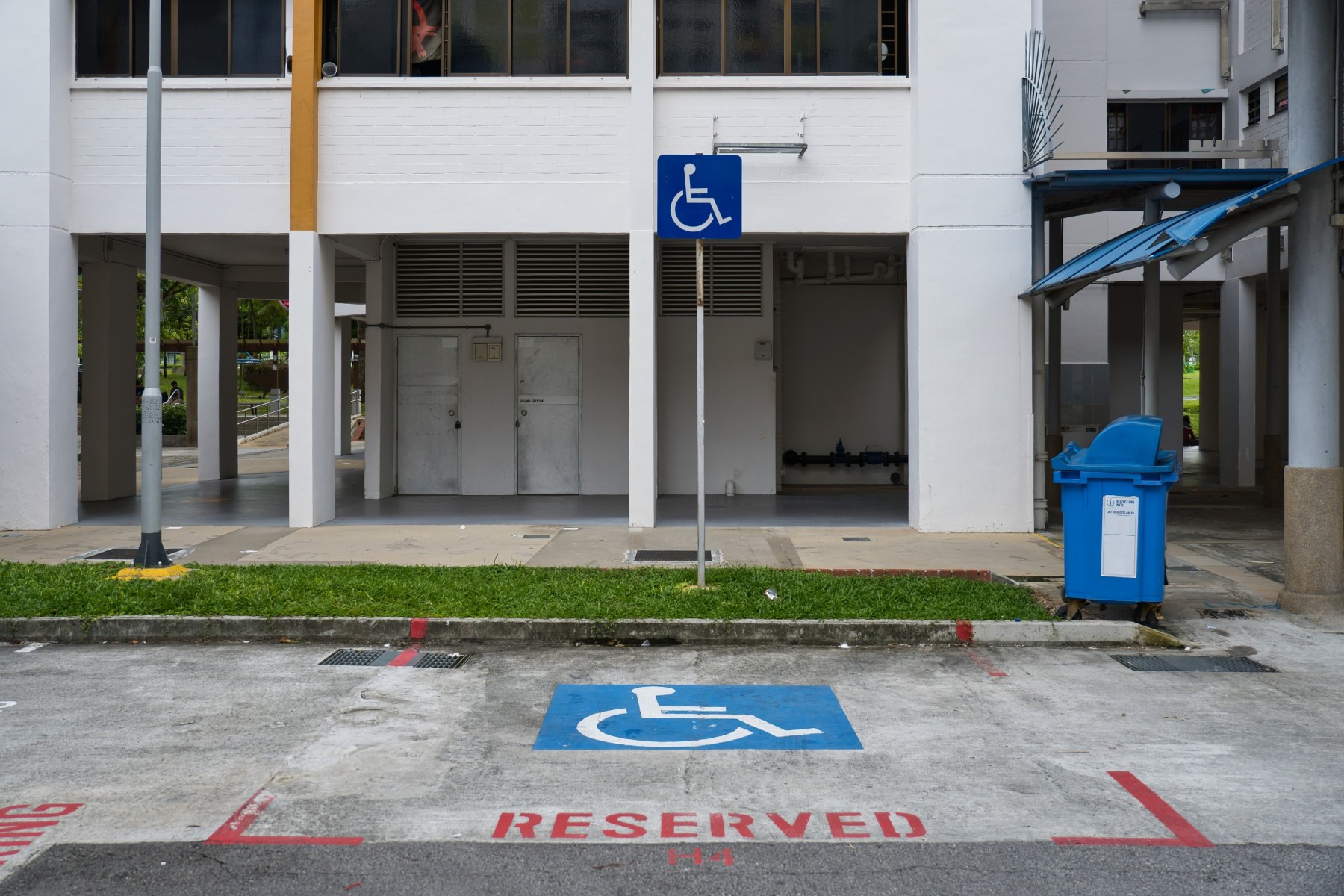
There are no explicit laws governing housing rights for persons with disabilities in Singapore, so you may feel uncertain or anxious about renting a home here in Singapore if you or your family member has a disability.
Don’t be.
Article 12 of the Constitution of the Republic of Singapore states that “all persons are equal before the law and entitled to the equal protection of the law”.
Additionally, Singapore signed the United Nations (UN) Convention on the Rights of Persons with Disabilities (CRPD) in 2012, with the Agreement coming into full effect on 18 August 2013.
The UN CRPD comprises a series of comprehensive legal obligations to ensure that persons with disabilities have equal rights and freedom as everybody else. This means that the Singapore government is obligated to translate the CRPD guidelines into policies and legislation to improve the lives of those living with disabilities in Singapore.
Since then, the Singapore Government has introduced a comprehensive framework and action plan to implement the guidelines laid out in the CRPD. This action plan is known as the Enabling Masterplan, which was first introduced in 2007. The Masterplan has gone through three rounds of incremental revisions since then, with the newest Enabling Masterplan 2030 set to improve employment opportunities for persons with disabilities and further enhance their quality of life within the larger community.
Additionally, the Building and Construction Authority of Singapore (BCA), the government agency that oversees and regulates Singapore’s building and construction industry, has mandated, per the 1990 Accessibility Code, that all buildings built after 1990 must be barrier-free and accessible to all persons, including persons with disabilities.
Older buildings that are frequented by the public have also been progressively upgraded for basic accessibility, including parking, ramps, lifts, and washrooms on the first floor.
Guide dogs
If you require a guide dog to help you or your family member with disabilities, you’ll be pleased to know that you’ll be legally allowed to keep your furry aide close by in your own home.
These are the only seven dog breeds banned in Singapore —including the Pit Bull, Akita, Boerboel, Dogo Argentino, Fila Brasileiro, Neapolitan Mastiff, Tosa, Perro De Presa Canario, and crosses of any of the breeds mentioned above.
The trickiest part is getting permission from your landlord to keep your dog in your rental home and ensuring you take the necessary precautions to minimise potential damages caused by your dog.
Reassuring your landlord that you’ll be responsible for damages caused by your dog may help alleviate their worries, but you’ll definitely want to find a home that welcomes both you and your guide dog with open arms. It’s entirely possible, just be very upfront and honest when enquiring.
Preparing for your big move
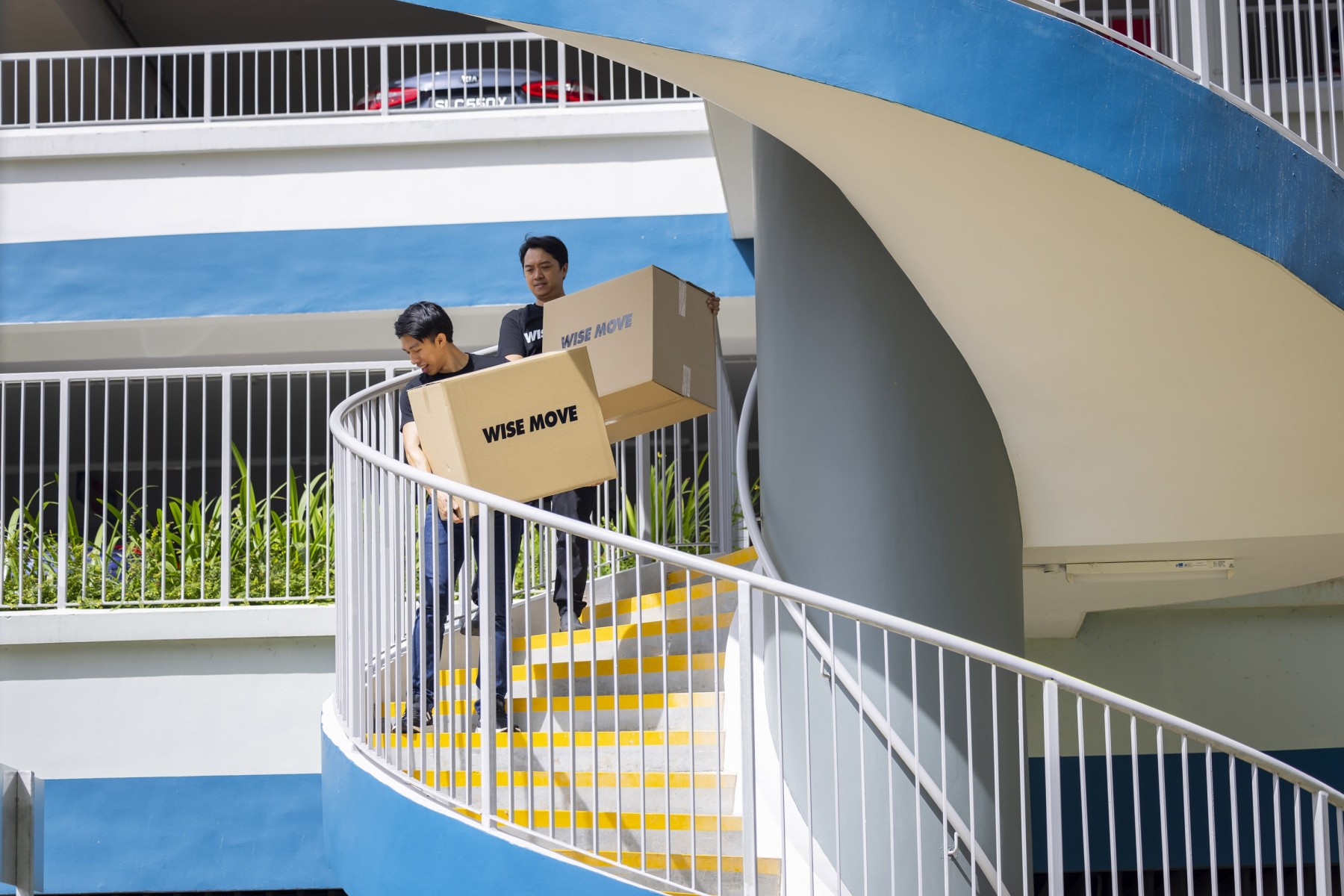 Now that you’ve done all the work reading up about the legalities and what you can expect to be moving house as a person with disabilities in Singapore, you’ll want to start preparing for your move.
Now that you’ve done all the work reading up about the legalities and what you can expect to be moving house as a person with disabilities in Singapore, you’ll want to start preparing for your move.
Declutter
The less stuff you bring over, the less stress you have with housing all of that in your new rental home.
Set aside your medical essentials
This includes things like documents, medication, or mobility aids that are crucial if you have a disability. Keep these essential items easily accessible at all times, in a separate bag that you’ll take everywhere with you.
Hire a moving professional
After you’ve sorted out your things and decided what you need to take with you, hiring help to pack all those things away into neat and labelled boxes will help take the stress off.
Things to look out for in a moving company as a person with disabilities
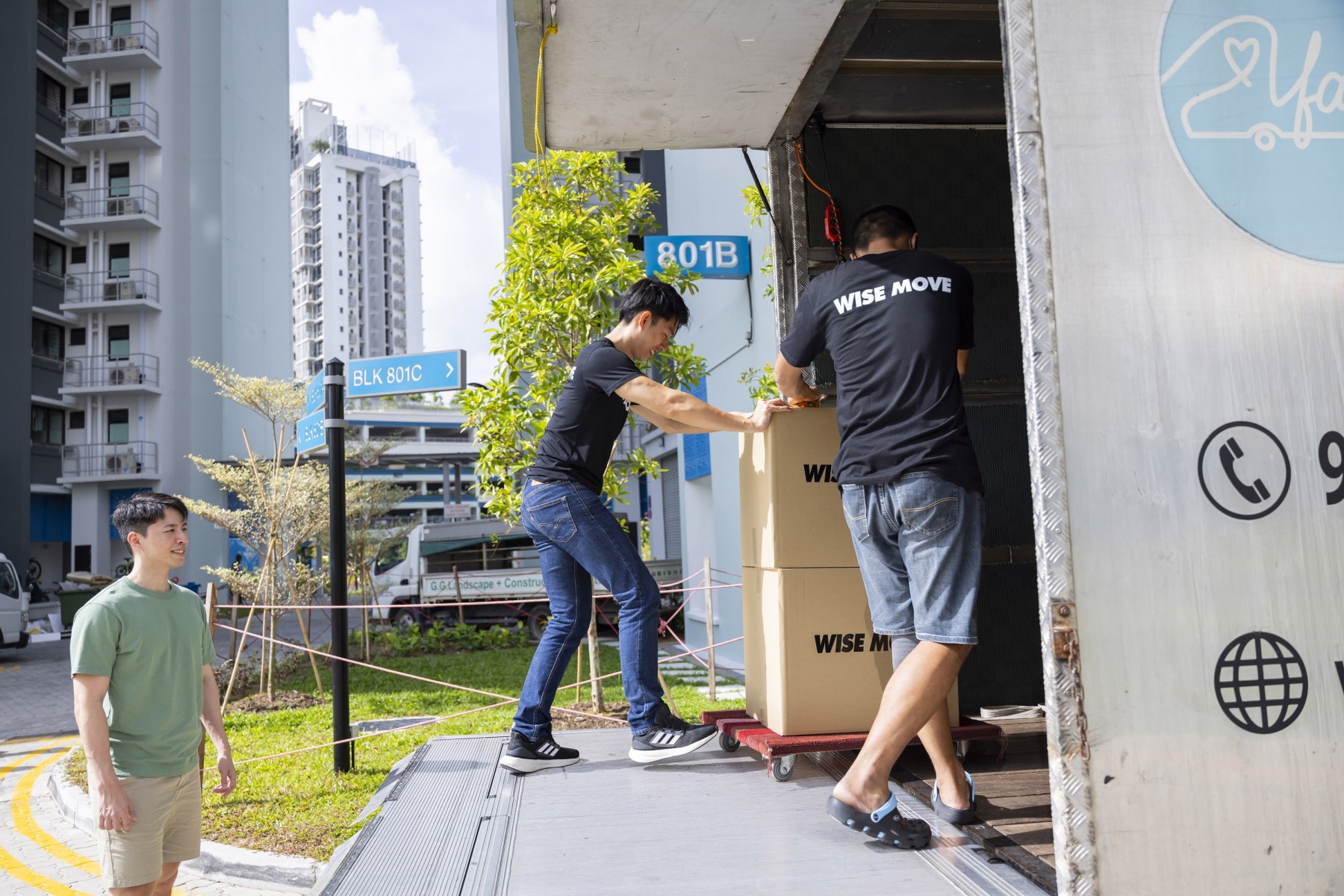 Not all moving companies are created equal. Some companies are very well-versed in moving specialised equipment, while others offer same-day unpacking services too. These will go a long way in helping you settle into your new home with as little stress as possible.
Not all moving companies are created equal. Some companies are very well-versed in moving specialised equipment, while others offer same-day unpacking services too. These will go a long way in helping you settle into your new home with as little stress as possible.
- Look out for movers with experience handling specialised mobility or medical equipment such as lift chairs, ramps, wheelchairs, medical devices, and other mobility aids. If they don’t state this on their website, you should inquire if they can handle such equipment and what their usual protocol is for moving such items. If they’re unable to provide a satisfactory answer, you’ll know that this company isn’t for you.
- Ask about the company’s unpacking services—extra costs involved (if at all), what is needed for them to do so, and if they can do so on the same day.
The best way to find a suitable mover if you or your family member has a disability is to use a platform like Wise Move. Just submit a single request with all your requirements to get quotes from suitable moving companies.
You can then easily compare the offers received to pick the best one that fits your budget and ticks all your boxes!
What do our customers say?



